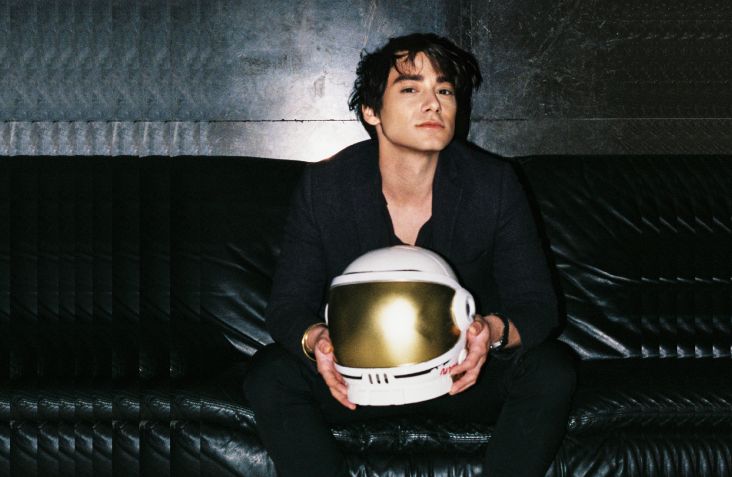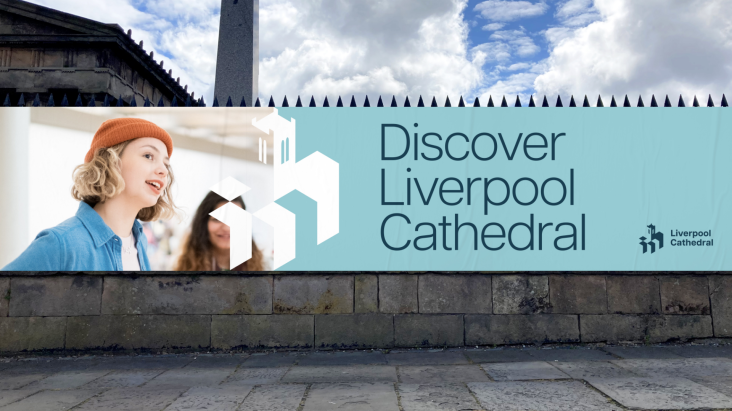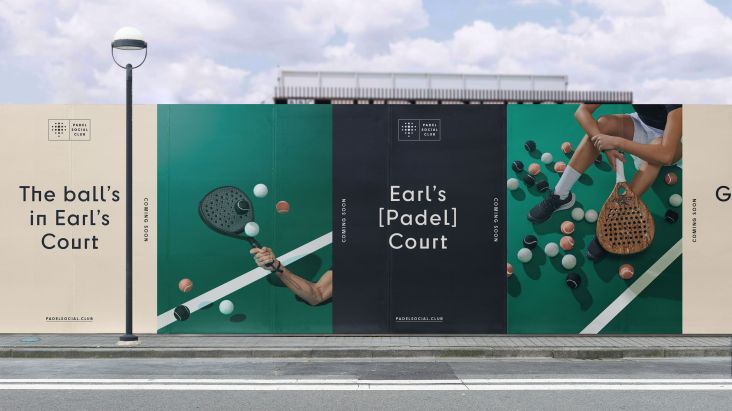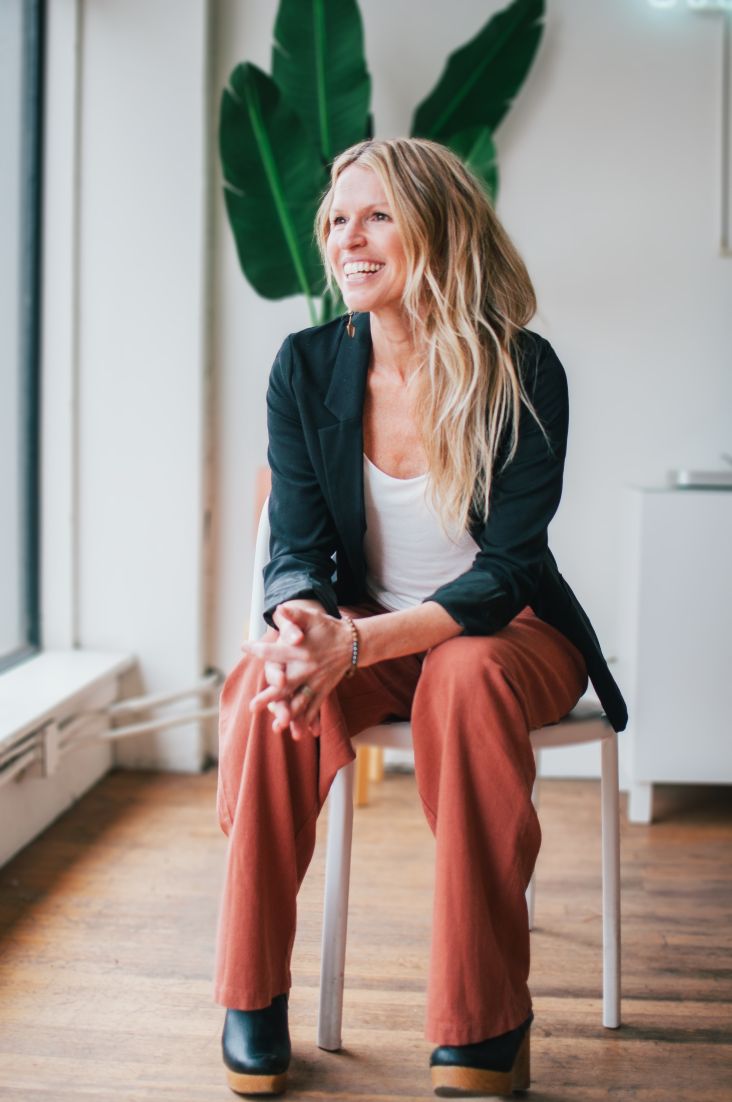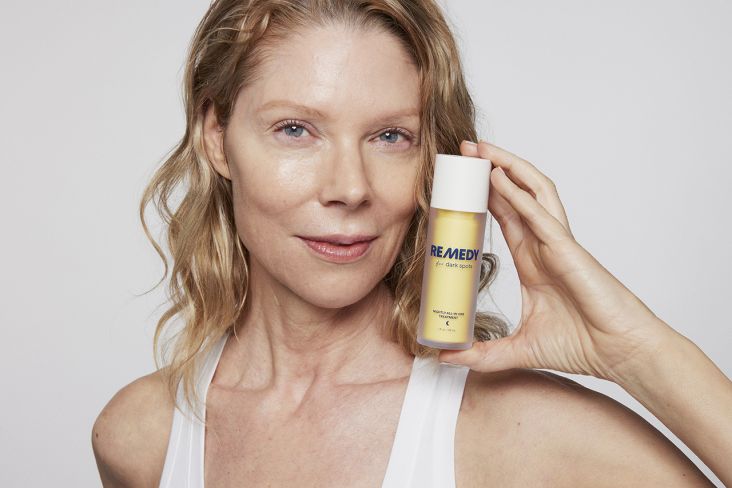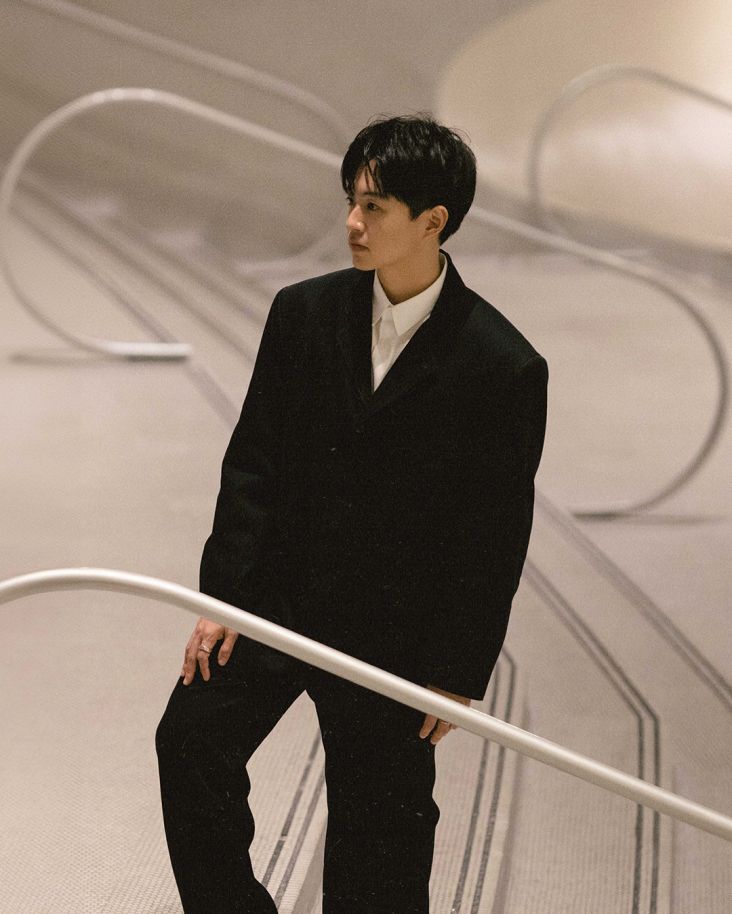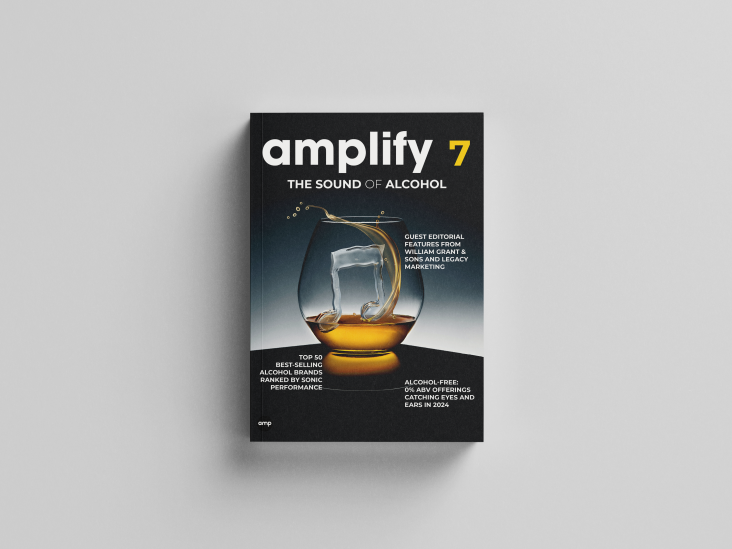Treatment Studio's less-is-more look makes John Mayer gig a night to remember
How do you make a solo show feel intimate in a cavernous venue like London's O2? Sam Pattinson of Treatment Studio explains how they went about this unusual challenge.
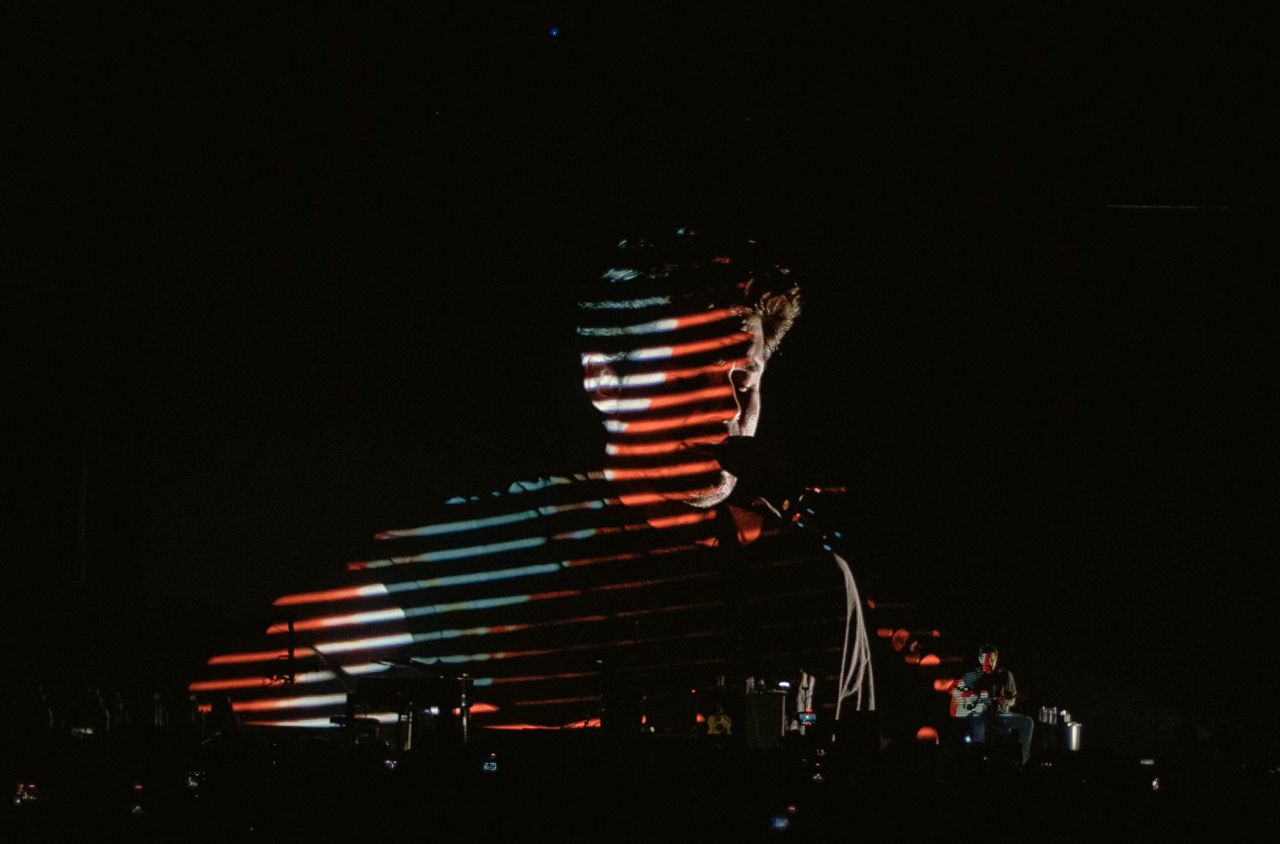
Rising to pop success in the early 2000s with songs like Your Body Is a Wonderland and Waiting on the World to Change, John Mayer is one of the most successful singer-songwriters of his generation. His fanbase has grown over the decades in terms of both size and enthusiasm and this week, he sold out two shows at London's O2 arena.
But for this tour, the beloved singer – who blends pop with blues-rock influences – wanted to do something different and strip everything back.
No backing band. No huge sets. Just him, a guitar and an audience.
That might sound like a dream gig if you were in the backroom of a tiny local bar. But in a venue with a 20,000 capacity? How was that going to work, exactly?
We chatted to Sam Pattinson, co-founder of Treatment Studio, the award-winning creative agency tasked with producing the shows, to find out how they went about it.
New perspective
Treatment Studio team creates experiences for live music tours, festivals, art installations, experiential spaces, branding campaigns and theatrical productions. Their expertise comprises multimedia content production, stage, lighting and set design, and the creation of interactive and mixed-reality environments. They've most recently brought all that together in U2's inaugural residency at MSG Company's Sphere Las Vegas venue.
In short, green they are not. Plus, they're old pals of John Mayer, having worked together for over a decade on his high-production tours with full bands.
So they might have thought they were in for a relatively easy ride with another John Mayer tour. When the star told them about this year's stripped-down show, though, they realised they'd have to take an entirely new approach.
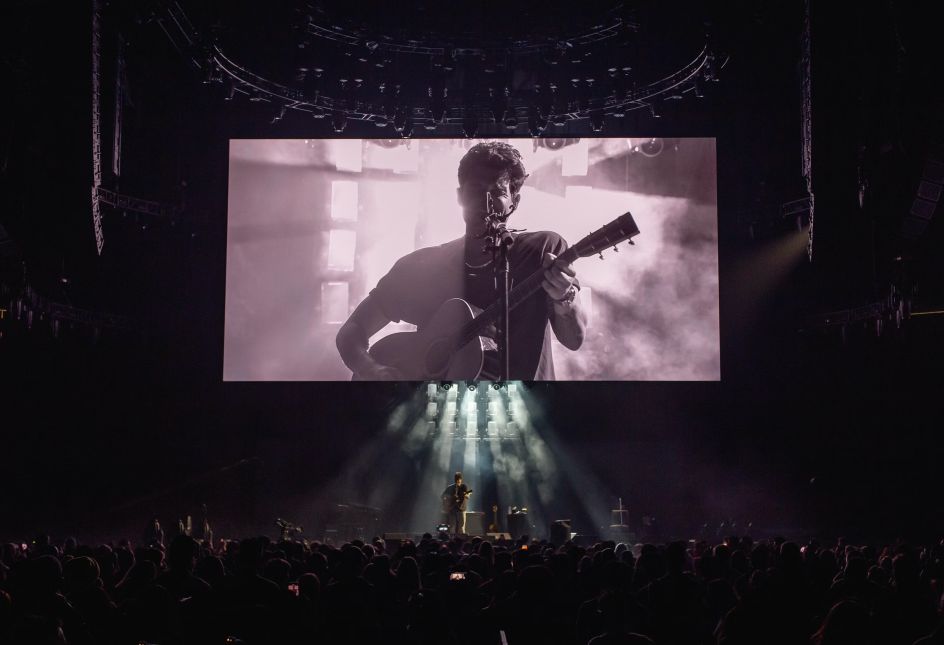
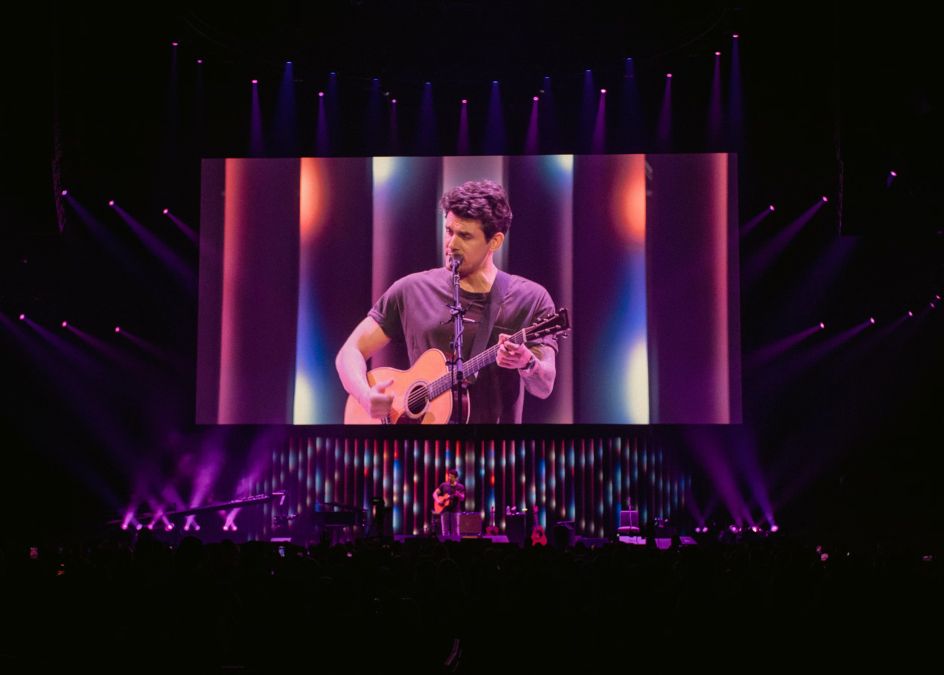
"John had reached a point where he really wanted to just go out and do a solo tour," Sam explains. "For professional reasons, and musical reasons. So it was a very different brief."
Keep it simple
Whereas Treatment's past tours with Mayer involved creating big spectacles with multiple musicians, elaborate sets and large-scale visual productions, this 2024 tour represented an intentional shift towards simplicity. "John was excited by doing something very different from anything he's done before," Sam explains.
But while a more minimal approach may have seemed easier on paper, there was that huge arena to fill. Would the audience feel short-changed?
"Some people might have thought this is going to be easy," reflects Sam. "But we almost approached it in the opposite direction. We thought: it's going to be difficult to make this feel like a big show."
Accustomed to designing visuals with entire bands in mind, Treatment now had just one focal point: the singer himself.
"Normally with camera work, you've got lots of people to film," says Sam. "You've got solos, you've got different things going on the different parts of stage, different areas of the band. But ultimately we realised that we could make a very full show without doing that, just by concentrating on John's musicianship and performance. After all, he's an extraordinary, very talented man."
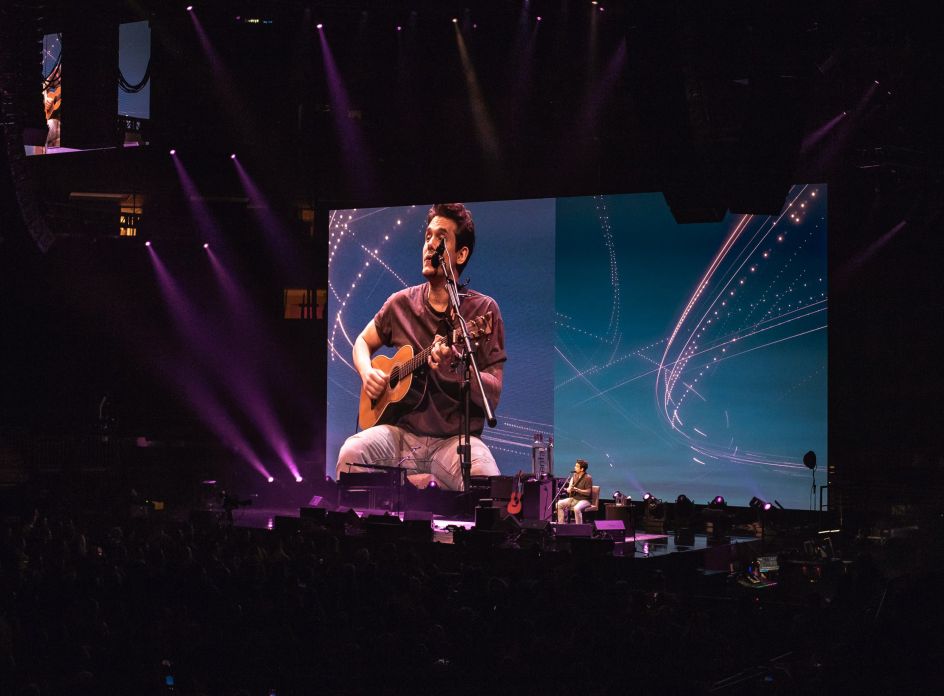
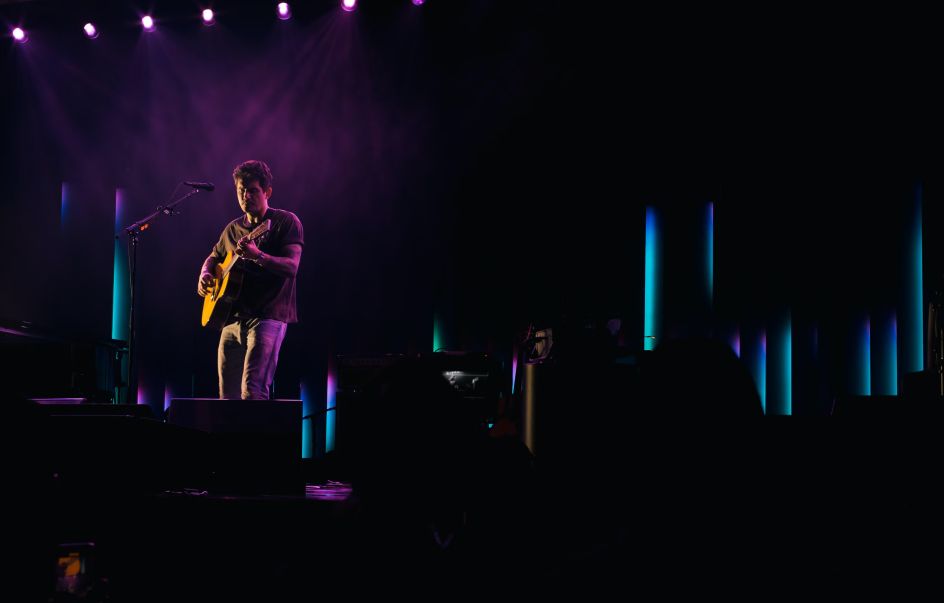
This revelation freed Treatment from the constraints of needing to constantly engage the audience with video content. "He's one of those artists that really doesn't need a lot of propping up visually," Sam explains. "And we learned that there are really some clear, great advantages of only having one person. It clears all the clutter out and gives you these incredible camera shots."
Unfolding set
With a clear vision of letting Mayer's artistry and personality take centre stage, Treatment began designing a set that could gradually unfold and transform over the course of the performance. They started by repurposing the roof pieces from Mayer's previous arena tour. "We took sections of these and created this wall of slats behind him, which was lit up in various changing colours", explains John. "This really helped to define the area John was performing in."
To complement this warm, textured backdrop, Treatment incorporated an LED video wall that could move, split into different configurations, and reveal new elements as the show progressed. "We divided the screen up and used it in different proportions," Sam explains. "That meant that as the show goes on, we could gradually build the look, the environment. We wouldn't have to give everything away at once."
Along with a lighting rig, a mirror installation and smoke effects, Treatment crafted a show that, as it progressed, slowly blossomed from its stripped-back beginnings into an enveloping atmosphere, all the while keeping the star as the unwavering focal point.
Video content
In developing the video content itself, Treatment committed to an artistic, avant-garde aesthetic designed to complement Mayer's performances rather than literally interpreting the lyrics of each song.
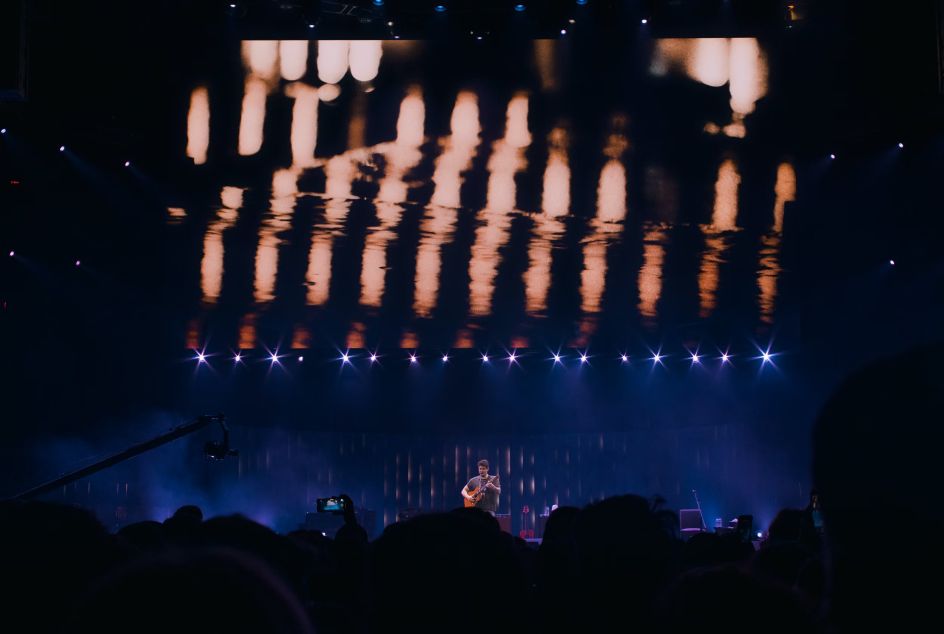
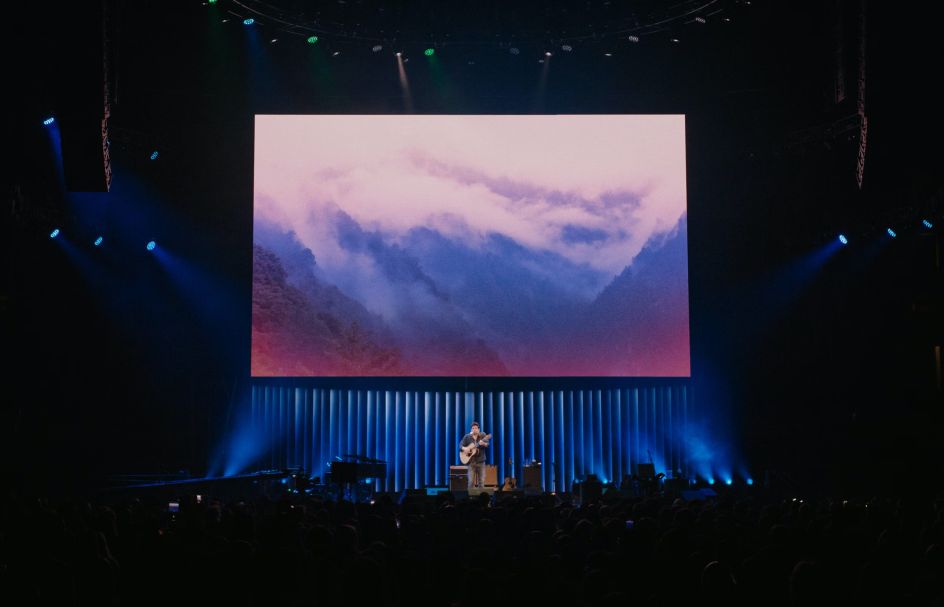
"It's mood-driven," Sam explains. "John's so open-minded, and he'll always go towards art and architecture. Over the years, we've done everything from Monument Valley to Chinese ancient ceramics to modern contemporary opera design. Kitsch, as well, he's big into that world too."
Rather than tying visuals to specific songs, Treatment produced around 25-30 versatile, abstract video pieces that could pair with multiple tracks in Mayer's ever-changing setlist.
"We don't make pieces of videos per song like we do with other bands because it's tied to that song in terms of tempo, structure, and subject matter," Sam explains. "That gives John the freedom he wants to just play whatever."
Sam notes how scaling back on production size and visual overload heightened the sense of intimacy they aimed to create. "Rather than punctuating the gig with these massive impact moments or anything like that, it was all rather subtle," he explains. "The whole thing just kind of grew quite softly."
This reflected the singer's desire to "retain that intimacy and that personal space while occupying a much bigger space," he adds. "I think we found a good balance there."
Magical night
I was lucky enough to be at the O2 for the first night, and the effect was quite magical. Rather than a typical OTT rock show, with all the bells and whistles that entails, Treatment delivered a visual experience driven by energy, emotion and artistry rather than literal narrative. This was the perfect match for John Mayer's gentle, quiet, heavily improvisational and dynamic solo performances.
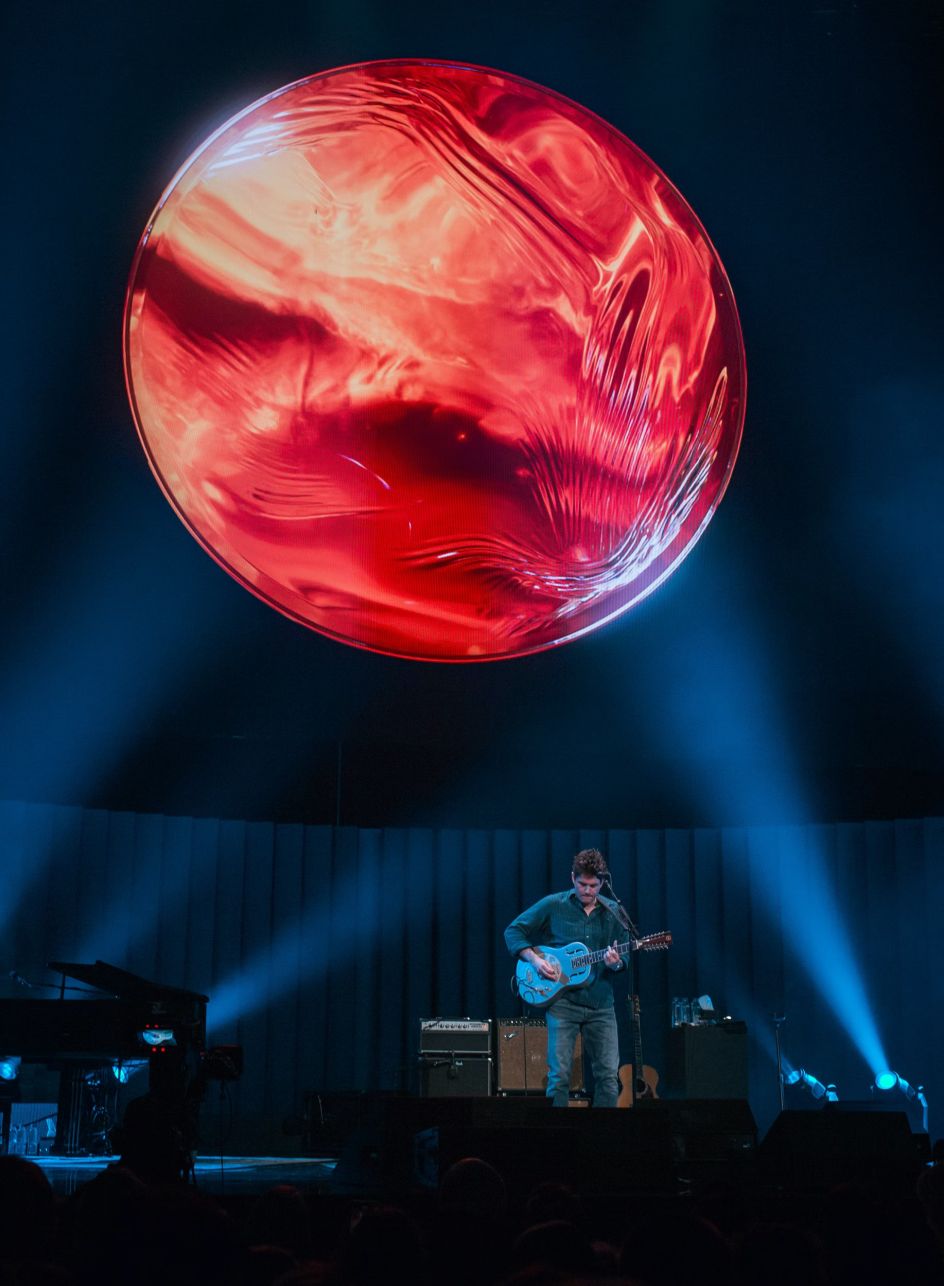
By leaning into restraint and intentionally allowing frequent pauses in the visual programming, Treatment crafted a one-man show that managed to feel epic and expansive while at the same time feeling intimate and insular. In short, it was the perfect complement to the star's soulful songwriting and instrumental intricacy.
At one point, John Mayer explained how much he appreciated the audience for supporting such a quiet and intimate show. "It's one thing to fill a huge arena," he said. "It's quite another to fill a huge arena with silence. So I thank you for that."
Credit where it's due
As a long-time creative partner, Sam beams with pride over how Treatment's minimalist tour production embodied the artistic ambition for these solo shows. But he's careful to give full credit to the artist's original concept.
"John really doesn't get credited enough for the visions he has," he stresses. "He wants to approach everything with an open mind. That's part of the reason he works with us, because as a London-based agency, we're not in that world of American mainstream touring, and can think outside of the box."
But credit is due to Treatment, too. In eschewing conventional arena tour excess in favour of a more subtle atmosphere, their visual artistry raised the appeal of an already acclaimed songwriter and guitarist to new emotional heights. Truly, a case of less is more.









](https://www.creativeboom.com/upload/articles/86/862919952c0ad18439004228895a431dc6e45ffc_732.jpg)




